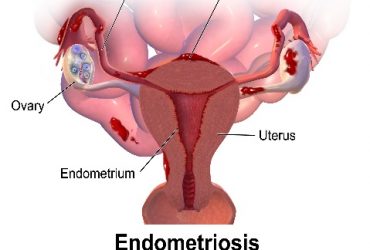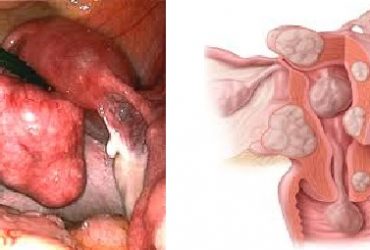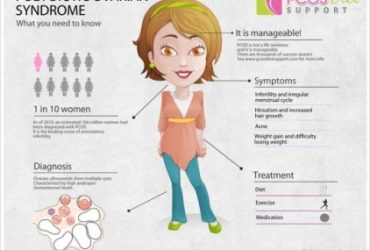I have had trouble getting pregnant, what may be the causes behind my problem?
First, pregnancy may be difficult in 10-15% of couples, this is not considered abnormal until it happens over longer than one year, or if there are clinical indicators that this may be due to a cause which may lead to infertility.
For pregnancy to occur, there must be normal sperm in men and regular ovulation in ladies. The tube where the sperms meet the egg and fertilize it (Fallopian tube) needs to be healthy and patent. And there should be a healthy lining of the womb (endometrium) for the formed embryo to implant and start a pregnancy.
These are simply the most common sites of problems which may end up causing delayed conception.
But I had all the recommended tests and was told there is no clear reason behind my problem?
There may be some hidden problems such as endometriosis, which is a disease usually needing laparoscopy for diagnosis and treatment. Or there may be some immune problem affecting sperm function or embryo implantation, thus leading to infertility due to failed implantation or to recurrent miscarriage.
Furthermore, about 20% of cases of failure to conceive are for an unexplained reason, where all of the available diagnostic tests come back normal.
For instance, tests related to tubal patency are better at telling about simple patency rather than function of the tubes which should also include picking up the egg from the ovarian surface and transporting it towards the womb’s cavity. Similarly, tests for ovulation can not judge the quality of the egg or its actual release out of the ovary into the fallopian tube. Lastly, semen analysis in males look into count and motility rather than the true function of sperms which is fertilizing an egg.
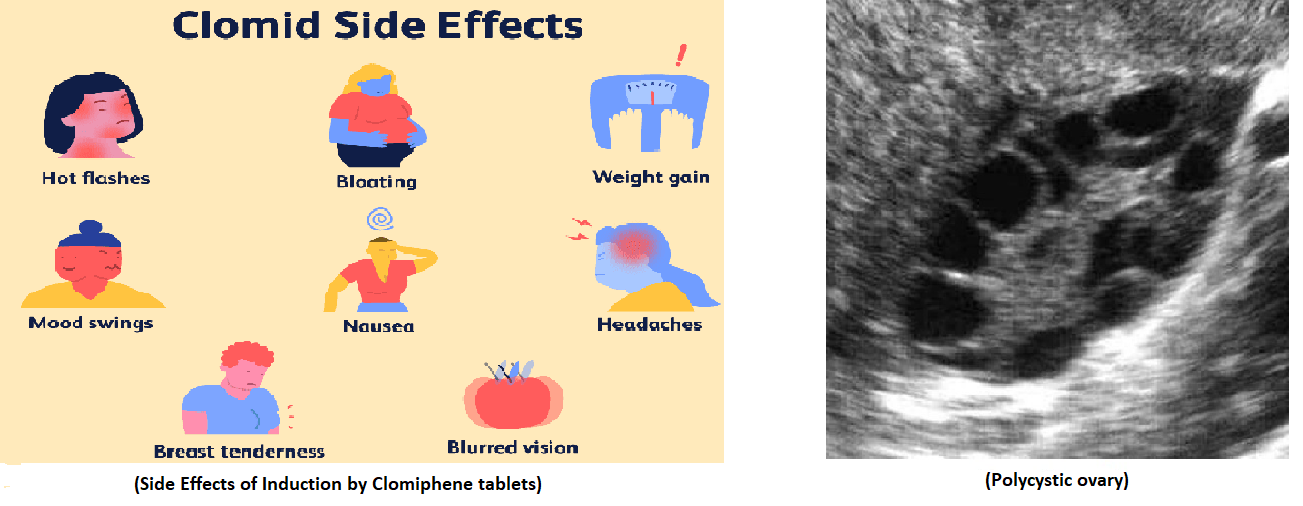
What are the methods of treatment available for infertility?
This largely depends on the reason behind your individual problem. For instance, blocked fallopian tubes may be treated surgically, usually through keyhole surgery (laparoscopy) in mild to moderate cases, but more severe types are better treated by In Vitro Fertilization (IVF). Poor ovulation and poor sperm counts may be treated by tablets or injections along with ovulation monitoring using ultrasonography. Moderate cases may need intrauterine insemination.
IVF and intracytoplasmic sperm injection (ICSI) are used in more difficult cases .This depends on stimulation of several ovarian follicles to develop (superovulation) then collecting the eggs using a fine needle under anesthetics and fertilizing them by sperms in the laboratory to form embryos which may be replaced into the womb few days later.
These methods are the best available treatment options so far. They may be the only treatment to give a reasonable chance of conception in the most difficult cases of severe sperm defects or dense tubal adhesions. They may also be used if other treatment options were but tried with no success.
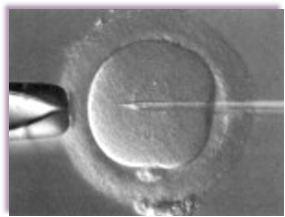
And what side effects should I be aware of when I am using these treatments?
These treatments have now been known for years, and have proven to have a great degree of safety. But, they still may cause some infrequent side effects, such as multiple pregnancy, miscarriage, ectopic pregnancy, and over-response (hyperstimulation syndrome). The latter may lead to nausea, vomiting, low blood pressure and may rarely progress into venous blood clotting and ascites. Finally, these problems are all less common the closer the follow up is, using scans and blood tests to estimate your response to the stimulation injections.
What are my chances of success?
I should first remind you that normal couples have a monthly conception rate of 25%. Untreated couples complaining of infertility have less than 20% chance, up to <5% in severe cases. In comparison, treatment with induction of ovulation and trying natural conception gives a success rate of about 25%, while IVF/ICSI (assisted reproduction techniques) may have a success rate of 30-60% depending on the cause and the woman’s age. Obviously, these rates are based on one treatment cycle, and should rise with repeated treatment attempts. Exactly similar to what happens naturally where regular marital life increases the chances of conceiving.

The chances of success depend mainly on the woman’s age, previous conception, and the duration of infertility prior to treatment. They also may be affected by the cause of infertility and the degree of ovarian response to superovulation.
Are there any new treatment lines in this field?
Every day there is something new in the way of diagnosis and follow up, selection of medications, effective doses, and laboratory techniques. Close follow up during the treatment course allows initialization of treatment decisions to suit particular couples.
There is also a new field of reproductive immunology, treatment with intravenous immunoglobulins and intralipid infusions, and the use of medications stopping blood clotting.
Besides, there is a continuous development in the laboratory techniques related to embryo selection for transfer, embryo culture, freezing of sperms, eggs or embryos and transfer of day 5 embryos.
Best Regards
Dr. Sherif Ahmed Ashoush





